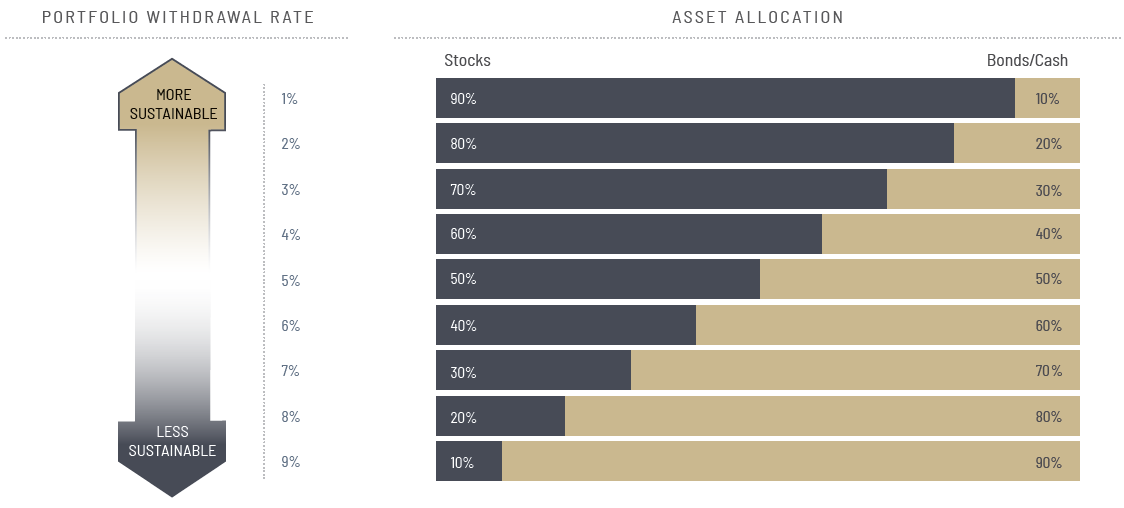Six months ago, if you would have described a scenario involving more than 40 million people filing for unemployment, plunging corporate profits, and a highly contagious worldwide pandemic all translating to portfolios that are essentially flat for the year, we would have considered that to be highly unlikely. And yet, here we are. State of the Economy While economic numbers are still negative, they are not as bad as they were a month ago, and that's usually been a prelude to things starting to get better. New claims for unemployment are still historically high, but they have improved consistently over the last two months, and the total number of people on the unemployment rolls has actually started to drop (US Labor Bureau). Manufacturing activity contracted in May, according to the Institute for Supply Management Purchasing Managers' Index, but it was better than the prior month for the first time since January. And new home sales increased in the most recent US Census Bureau data for April, when they were widely expected to collapse. Extremely low mortgage rates have helped, too. The Stock Market The stock market responded with great enthusiasm as the Fed and the US Government pledged unlimited financial support for markets, business, and citizens. The S&P 500 Index is up 35% since its low on 3/23/2020 and is down just over 5% year-to-date. That enthusiasm is predicated on a lot of things going smoothly. While we are rooting for things to go smoothly, it would be understandable to see some bumps in the road ahead. There is a lot of optimism priced into the market right now which is encouraging. However, at the same time, we want to be realistic in assessing the potential risks. Potential Risks Here are two potential concerns for the stock market: 1) Valuations are expanding, but earnings and dividends are not growing so stocks could have a pullback to correspond with traditional valuation methods. That is especially true if we shut things down again due to unacceptable virus expansion. States that reopened sooner vs. later are showing virus expansion with little negative impact on the market for now. It appears the current mood of the country may not support future shutdowns. 2) Congress is working on a new stimulus package, but if that legislation does not pass, the market may respond unfavorably. We predict Congress and the Fed remain on board to do "whatever it takes" to bridge the economy between now and a cure. Nonetheless, we worry it will take longer than we all want for a vaccine to be available. There seems to be a growing ambivalence and lack of discipline about the need for social distancing. A lot of people want to get back at it and are willing to take risks now that they can. At the same time, people who feel vulnerable are still playing it safe at home. It certainly is a balancing act, and it is understandable. Social distancing is not in our nature. We are social beings who want to be close and friendly. We will be watching closely as the next few months evolve. Creating Liquidity Having said all that, we believe the current environment provides you with the chance to create liquidity. Given the potential risks, we view this as an opportunity to raise some cash now that markets have rebounded from the March lows. We are not advocating a change in strategy, but if you want to fund next year's living expenses, a significant financial goal, or a touch more dry powder, we think the timing is good now. We are not advocating any big move out of stocks. It is simply a chance to create some liquidity, if needed, for upcoming financial obligations or potential buying opportunities. Stress Testing Your Portfolio Ultimately, we cannot predict what will happen in the stock market, but we can prepare for it. We have developed our Withdrawal Stress Test™ in order to show the relationship between your withdrawal rate and the allocation of your portfolio. The lower the rate of withdrawal from the investment portfolio, the stronger and more sustainable it is over the term; a low withdrawal rate also provides more flexibility in terms of the allocation of the portfolio. We give more information in this article about how to determine a sustainable withdrawal rate.
Thoughts on the Market and the Economy
